The NaNo-experience – Plotting to free your creative mind
…and add momentum to your story-writing
This year’s NaNoWriMo is officially over, for exactly a week now. Hundreds of thousands of writers of all levels and professions have written their works of all genres and lengths. My personal view is that there are no losers, only winners, whether you make the 50,000 words in November or not. It doesn’t matter, all that matters is that your story gets told.
Many of my writing friends told me, despite not “winning” NaNo, the experience has definitely helped, and in many ways. No matter the final word-count, NaNo’s drive makes you sit down regularly and write more, in longer sessions, than usual. The deadline means you’ve got a motivation, the pressing daily goals are flags waved in your face of how much you still need to do. Or you choose to ignore that and go with the NaNo-spirit without the pressure of word-count. I have friends who are very happy without meeting the count, just because they developed a new routine of writing every day, and what’s more, without editing or looking back too much. You move forward and accomplish more in a shorter time.
The NaNo-frenzy and need to focus only on getting the words down forces you to think ahead. Before you even start on November 1st, you have to sit down and at least have a loose plan in your head. Most people can only manage the required amount of words with some idea of what they want to write. Some do it the pantsing way, just writing from scene to scene without much planning. As I did last year, with my now released novel “Tilda & Leo”. I wrote that in my old style, pantsed, writing what came to mind with just a few notes at hand — and even those flew out the window last year. I wrote around 126,000 words that way. But editing was very hard afterwards. No planning of the first draft means a lot of revising later. I had to learn that with “Tilda & Leo” and it wasn’t easy.
So for this year’s NaNo, I planned ahead. This came as a necessity, because the novel-idea was there LONG before I could write anything, because last year’s project took such a long time editing and preparing for its release. The new one had to wait. So I was forced to just take notes and let the new story idea cook in my head, but not always on the back-burner. There are pages and pages scribbled down with character sketches, scene ideas and even dialogue ideas. I put up an inspirational photo-board
ahead of NaNo, and in the middle of revising the “old” novel. Ideas came at all times and I just made sure I took notes, then things fell into place, events started to form and people I’d need, and a structure — a real story arc! — developed without much effort, but in handwritten notes. That was a first!
Things just happened in my head and in that notebook
long before I tied it all down. It was a playful, FUN time. And it made me so eager to start the new story! I couldn’t wait for November 1st, when finally I was allowed (or forced) to type it all, delve deeper, develop the real story I had in my mind for months in advance. It was a GREAT feeling to let it come alive and take on a form I’d begun to shape for so long.
And all the notes meant I couldn’t just pants it, but I’d need structure. I wanted to try structuring my novel this time! Wow to me, this was a first. I read a lot about plotting and planning your novel (I can REALLY recommend Janice Hardy’s Fiction University, her rough plot arcs have helped me no end!). She made me sit down and think about how I could get my events and raw plot into something more refined and “shapely”.
I work with Scrivener, as you all should, hehe ;-), and started with Janice’s planning sheets. Thank heavens for that, and thanks to myself for having developed ideas that already quite fitted a “template outline”. Storytelling isn’t about re-inventing the wheel. Most stories follow a rough order of events/stakes (for example, look at Lara’s sheet and compare it with Janice’s outline-structure. Almost the same, I could fit my ideas in there easily!). You may need to work out how you can make your ideas fit, or they already quite fit, because you understand storytelling as it is usually done. And it is usually done that way, because it just works for the audience, tried and tested. You can of course do whatever suits you. But I was happy that my notes and ideas went along with the recommended plotting patterns.
(My only problem could become length, my ideas go over roughly 120,000 words easily, so I’ll either have to make it a long, tightened novel, or two or three books. But that’s for another post.)
I’d be curious to know whether these templates work for you and how you plan your outlines. Maybe drop us a comment below?
And now to Scrivener. It was scary at first to try and fit my notes into the patterns suggested. I started by creating the project and chapter-folders, into which I just put empty files for scenes. Like here, if you imagine the cards empty:
Then I marked in Janice’s ideal outline, which of her general plot-points fitted my specific ones. Luckily, a lot of it fell into place at once. I used the “Outline” option in Scrivener to organise my structure and scenes and place them besides Janice’s general structure suggestions. Like this (click to enlarge for red structure-points):
I did this for the novel’s “beginning”, roughly the first quarter of the story, BEFORE NaNo started, in order to be able to just write and not spend hours planning. During NaNo, I crossed into the novel’s mid-section, of course, and again used Janice’s suggestions, but it was easier this time to prepare my Scrivener “Outline” and just keep writing.
I constantly added scenes between Janice’s outline-ideas, to make my story fit and get my events, the scene sketches, where they had to be. I can always shorten and tighten those later. But I tried to stick with the recommended order, and my story already was in that order without forcing it (I seem to have a natural talent, I convinced myself ;-)).
When it came to writing-time, I just briefly looked at my structure in the Outliner, and knew where a scene had to go. Where I needed people and events to be when I finished it. Or where I would have to add another scene or change something so it would end up where I wanted it. That way, I never just pantsed it and wrote only as far as my headlights could see, I already knew where I had to go and roughly how — and I’d never admit it, but I LOVED being a plotter that way! It made the writing and the checking-of-direction so much easier!
It’s not for everyone. If you’re a pantser, you could try working like that. It can also be planned/outlined on paper or in Word. Scrivener’s views are just very handy and useful. I can switch back and forth and mull my order over. And if I’m stuck, I can just move onto another scene that speaks to me more, and will instantly see where this scene is located within the context of the whole novel, where it needs to go and what its purpose is. With that in mind, I can have my characters (well, in most cases…) act and talk like they should to end up where I want them. This isn’t killing creative freedom as much as I’d feared. It helps my mind come up with the right dialogue and actions, because I’m not feeling around in the dark and probing where I might end up, it’s more focussed, and that purpose in the back of my mind unconsciously guides my intuitive thinking/making up of a scene.
I have by no means all scenes laid out. Only some of them. But my Outline helps to not get lost on the way, and Scrivener/Janice helped me visualise the order, to remind me of roughly my next plot-destination, and that eases my creative mind, in a way. For now, I’m really happy with that way of planning and writing and am still marching from scene to scene with relative ease.
This year, it’s not so much the structure and plot-points that worry me. This year it was mainly feeling and finding the voices of my characters. I had a POV-problem this time. Who gets to provide his view of things, how and why. Some characters’ voices didn’t speak to me in the beginning, and my writer-friends reminded me that’s natural, in the beginning you feel around to get to grips with your voices and the personalities who talk. I’m over that stage now, luckily.
I do believe I’ll try to stick to my new plotting-concept for novels. Pantsing is fun, and still works for short stories for me, but a novel can easily overwhelm the best pantser and I didn’t like the amount of revising that was needed after last year’s pantsed draft. I know that other writers love the editing process and prefer to have a completely free and open mind while drafting and writing. I can so understand that, too. I’m just happy that (at least for this novel!) I found a way to organise me more and free my creative mind by giving it structure beforehand.
Next time, I’ll talk about the story itself, which is, you probably spotted in the screenshots, a Viking adventure with a fierce woman becoming a shieldmaiden in order to hunt down her former assailant and to avenge her family. It’s about standing up for yourself and your beliefs and becoming who you really are. I can’t wait to share more about Elin’s journey with you!
But for now, I just need to focus on my outline and head down write her story first. 🙂
So how did YOU approach and plan NaNo this year, did you do it differently or do you have a certain recipe that works for you? Was NaNo a success for you — and I’m not talking word-count here, as success can just mean adding words to a great story? What would you like to do differently next time?
I’m always so curious to hear about your experiences and would love you to tell us more below!

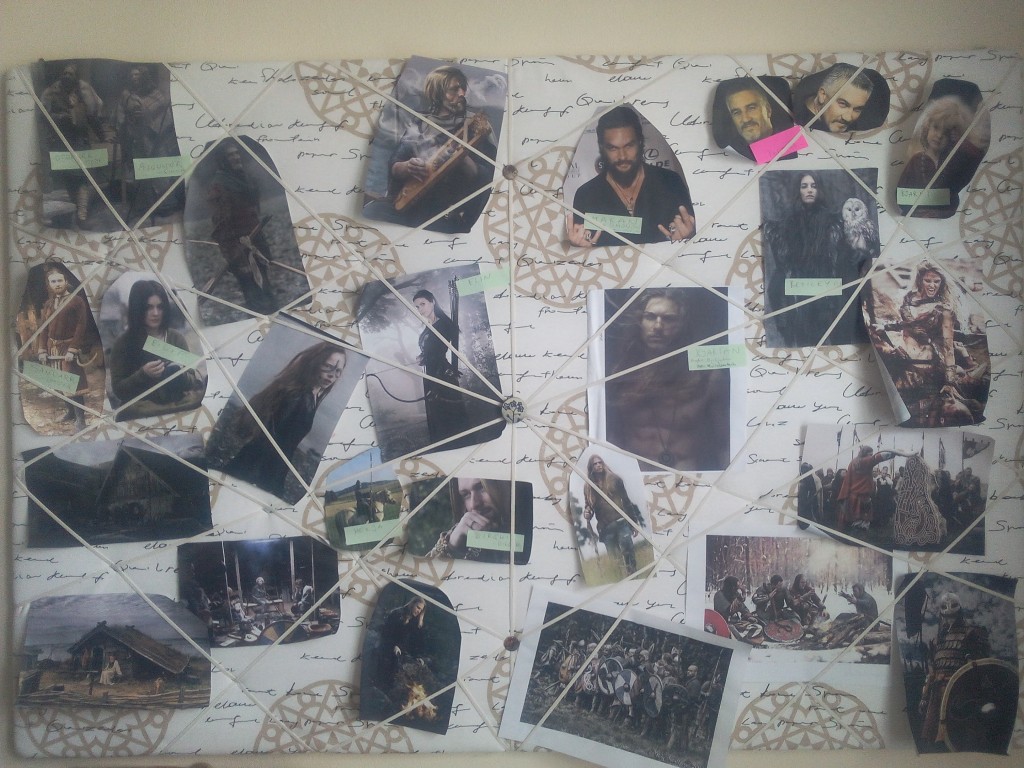
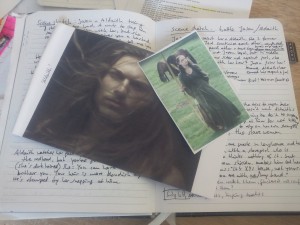
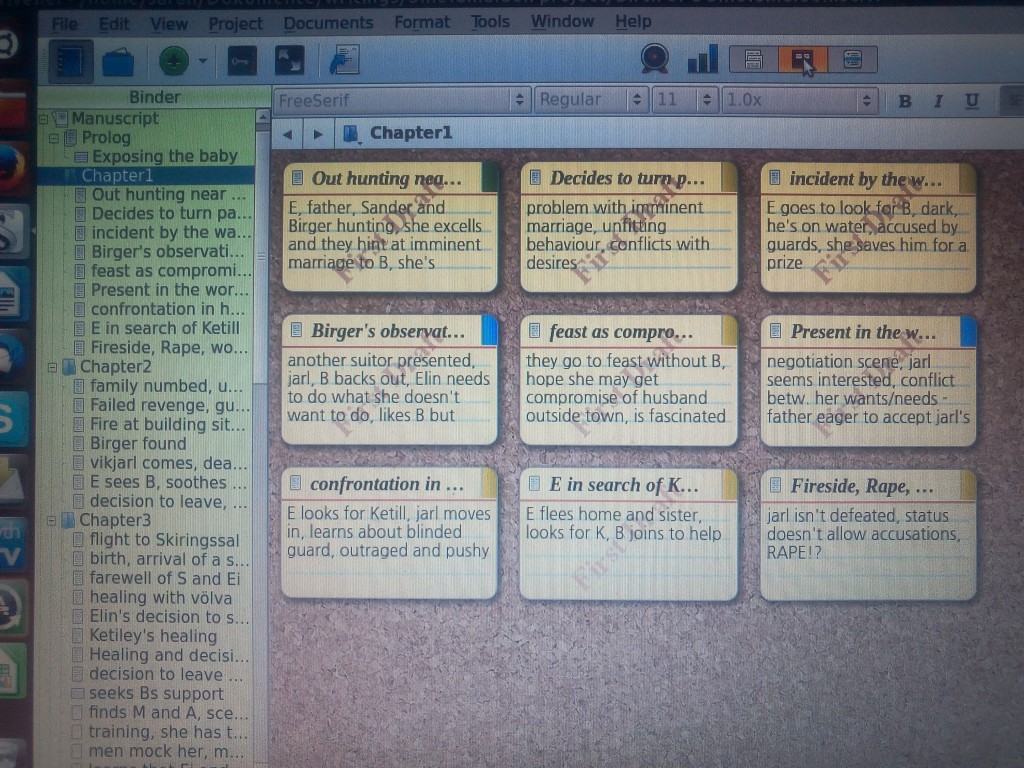
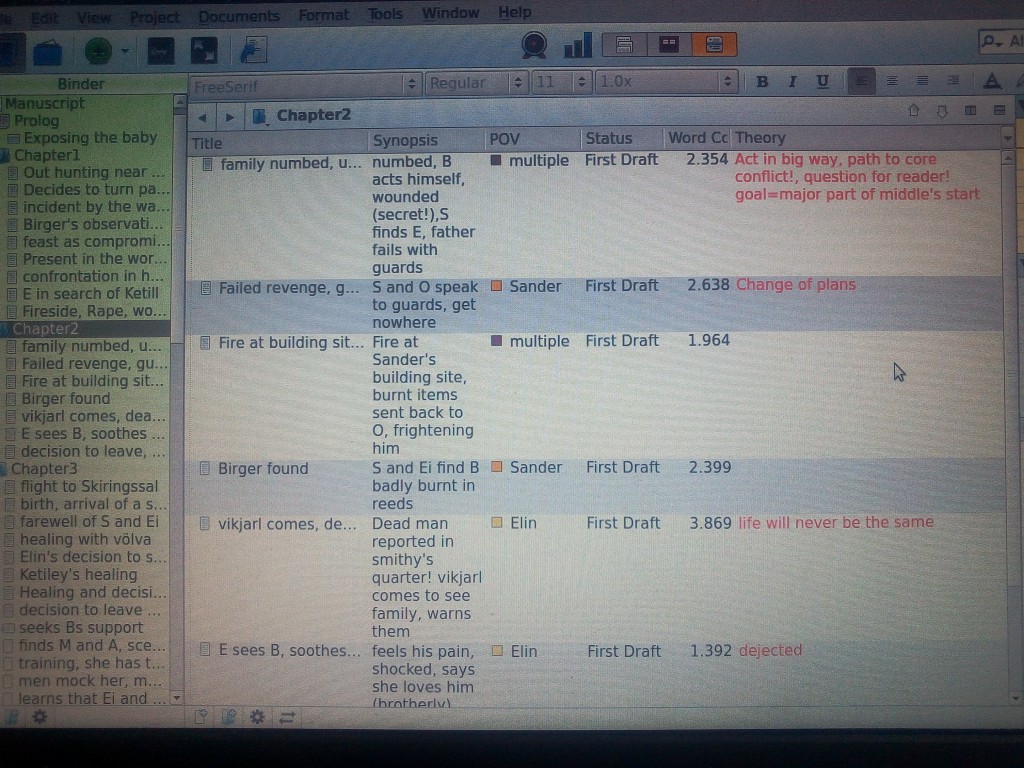

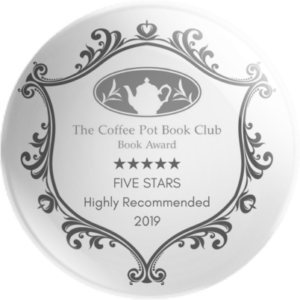
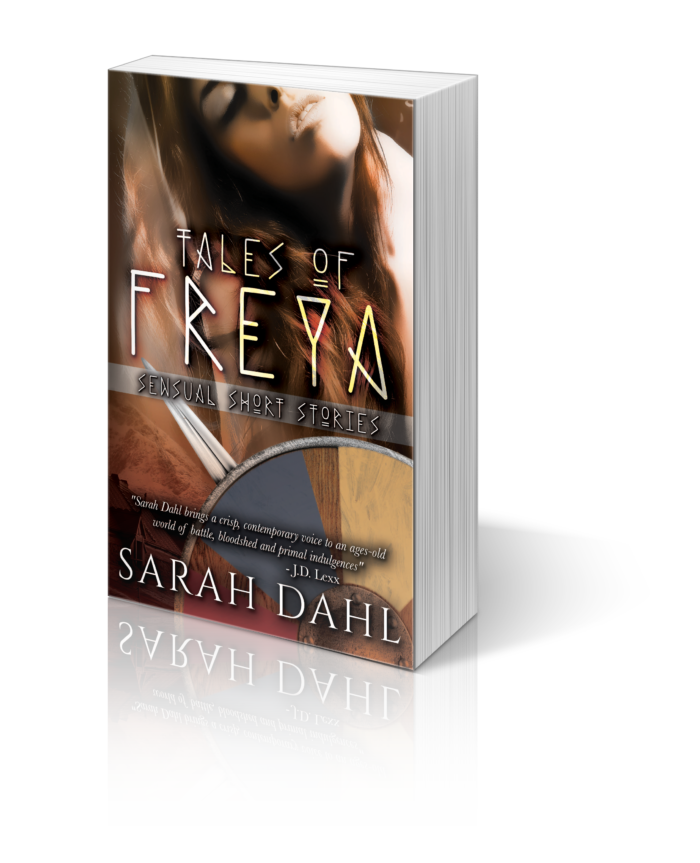
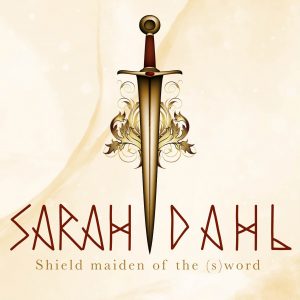
Comments (0)